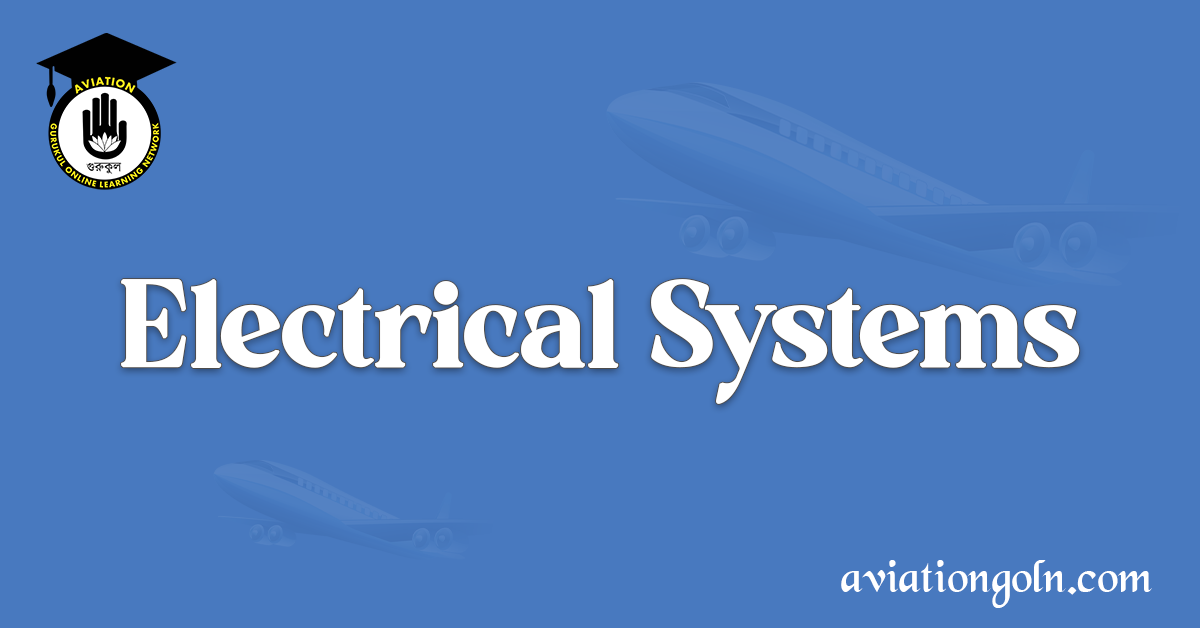Electrical Systems in Aircraft: Aircraft, often perceived as marvels of engineering, are intricately woven tapestries of various systems working in harmony. One such indispensable system, playing a critical role in both the flight mechanics and passenger experience, is the electrical system. With the modern transition to “glass cockpits” and increased reliance on avionics, understanding the aircraft’s electrical system is pivotal. Let’s embark on an enlightening journey through the veins and arteries of an aircraft’s electrical world.
Electrical Systems in Aircraft: The Backbone of Modern Avionics
1. Introduction to Aircraft Electrical Systems
At its essence, the electrical system powers and protects all electric and electronic devices aboard the aircraft. From illuminating a simple cabin light to ensuring the flawless operation of advanced navigation systems, this is the silent force behind the scenes.
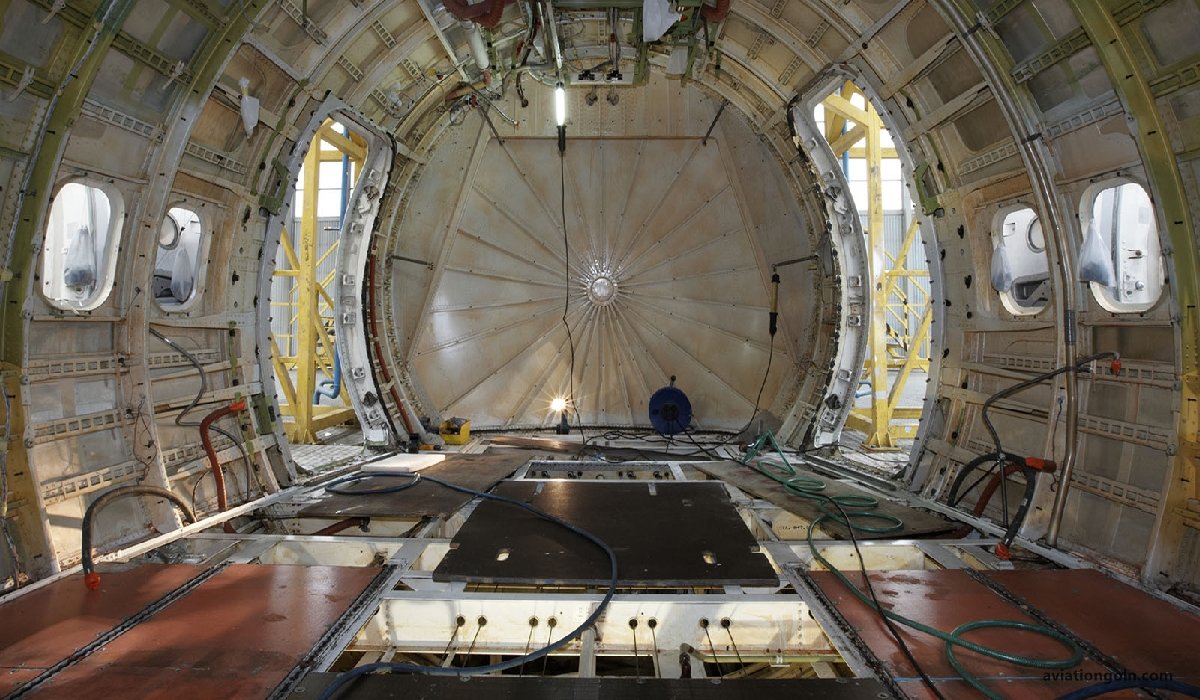
2. Primary Components of the Electrical System
2.1. Generators & Alternators
- Generators: Typically found on older aircraft, generators convert mechanical energy (usually from the engine) into electrical energy.
- Alternators: More common in modern aircraft, alternators offer an advantage by producing alternating current (AC), which can easily be converted to direct current (DC).
2.2. Batteries
Serving as both a primary power source (especially during engine start) and backup in emergencies, batteries are vital. They store direct current (DC) and provide essential power when engine-driven generators or alternators fail.
2.3. Busbars
Think of busbars as the main electrical highways. They distribute power from generators, alternators, and batteries to various circuits in the aircraft.
2.4. Circuit Protection Devices
Fuses and circuit breakers protect the electrical components from damage due to overloads or short circuits.
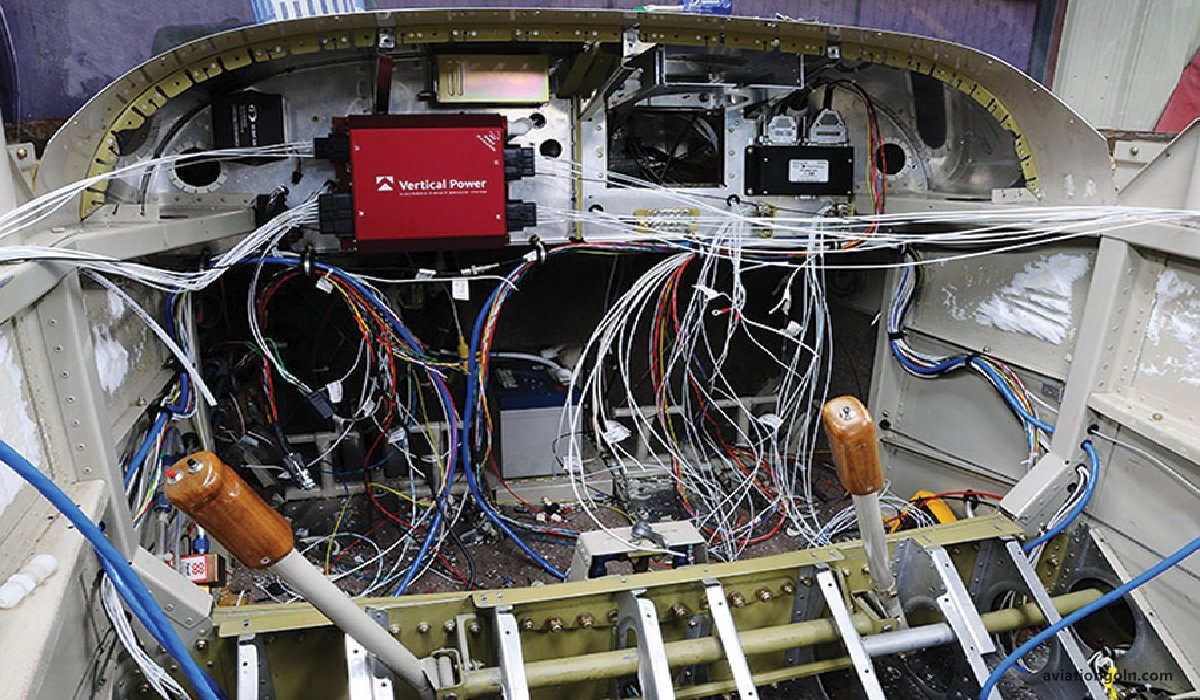
3. Types of Electrical Systems
3.1. Direct Current (DC) Systems
Typically found in smaller, general aviation aircraft. Batteries, DC generators, and alternators are the primary components.
3.2. Alternating Current (AC) Systems
Common in larger commercial aircraft. They use AC generators, with transformers and rectifiers to provide the necessary DC power.

3.3. Hybrid Systems
As the name suggests, these systems utilize both DC and AC power sources and are often found in medium to large aircraft.

4. Electrical System Operations
4.1. Engine Start
Upon starting the engine, the battery provides the necessary power to the starter motor and ignition system.
4.2. Flight Operations
Once the engine is operational, the alternators or generators take over, supplying power to the aircraft’s systems. The battery switches to a standby mode.
4.3. Emergency Operations
In emergencies, like generator failures, the battery steps in, powering essential instruments and systems to ensure safety.

5. Aircraft Avionics and the Role of Electrical Systems
Avionics, a portmanteau of aviation and electronics, encompasses all electronic systems used in aircraft. The seamless operation of these systems depends heavily on the reliability and stability of the aircraft’s electrical system.
5.1. Navigation Systems
From VOR (Very High Frequency Omnidirectional Range) systems to advanced GPS (Global Positioning System) units, navigation systems rely on uninterrupted power sources.
5.2. Communication Systems
To maintain communication with air traffic control and other aircraft, radios and transponders need stable electrical power.
5.3. Autopilot and Flight Management Systems
Advanced flight systems, like autopilots, draw power from the aircraft’s electrical system, ensuring reduced pilot workload and enhanced safety.
5.4. Instrumentation
The modern glass cockpit, with its array of digital displays, sensors, and warning systems, is a testament to the evolution of avionics, all hinging on the electrical system.
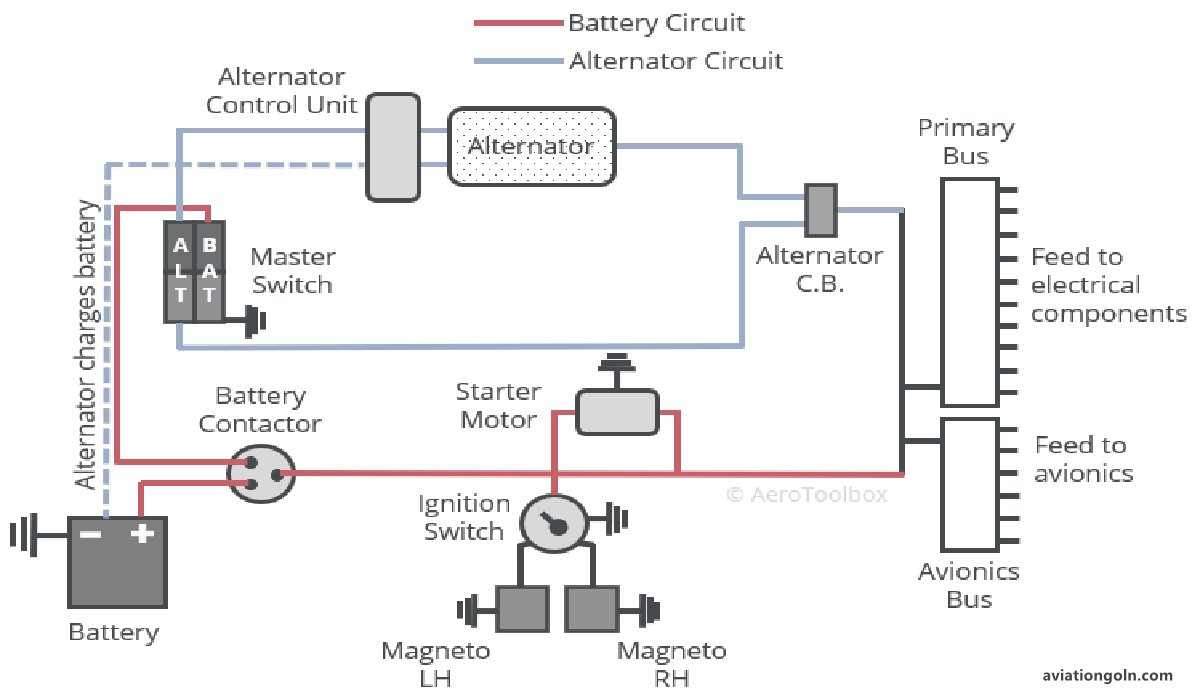
6. Challenges and Safety Measures
6.1. Electrical Failures
A complete or partial loss of electrical power can be catastrophic. Pilots receive training to handle such situations, and redundancy is often built into the system.
6.2. Electromagnetic Interference (EMI)
EMI can disrupt avionics. Aircraft are designed to minimize EMI and shield essential systems from its effects.
6.3. Grounding and Bonding
To prevent static charges and potential sparks, grounding and bonding are essential practices in aircraft electrical systems.
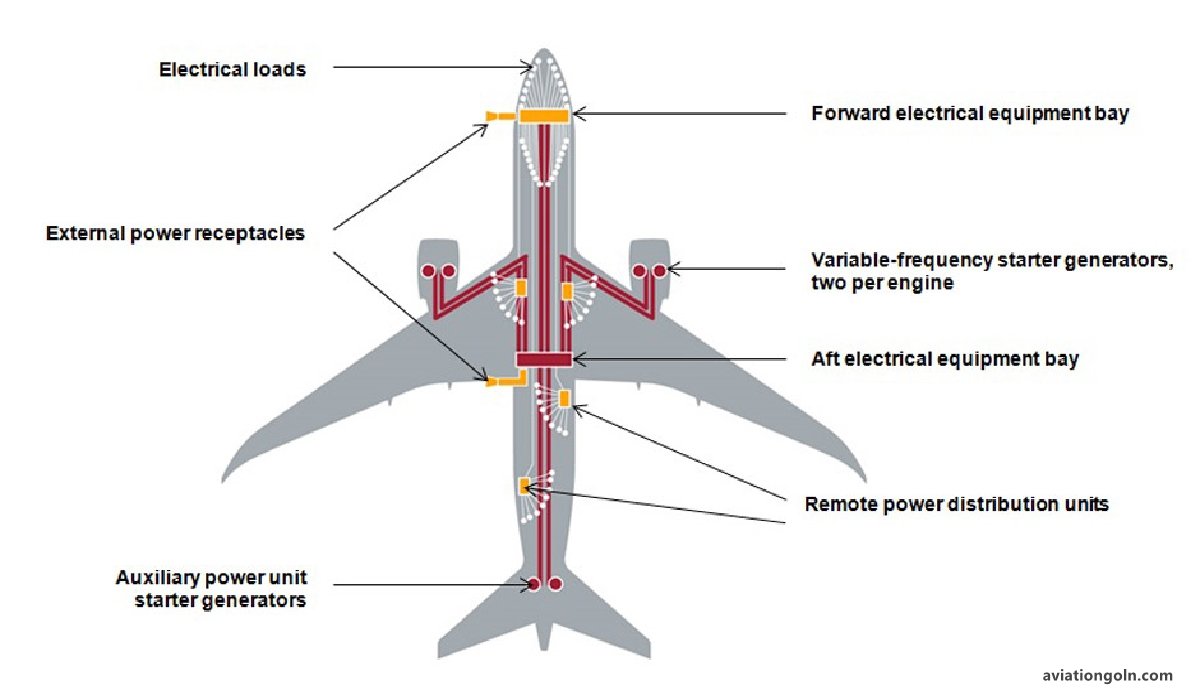
7. The Future: More-Electric and All-Electric Aircraft
With the aviation industry eyeing sustainability, there’s a push towards more-electric (where conventional systems are replaced with electric counterparts) and all-electric aircraft. This shift implies a more significant role and dependence on robust electrical systems.

The electrical system, though not as visible as roaring engines or sweeping wings, remains the lifeline of modern aircraft. As we transition into an era of digital cockpits, automated systems, and potential electric propulsion, understanding and innovating within the domain of aircraft electrical systems becomes paramount. Through its silent, relentless service, the electrical system truly embodies the saying, “Not all heroes wear capes.”
